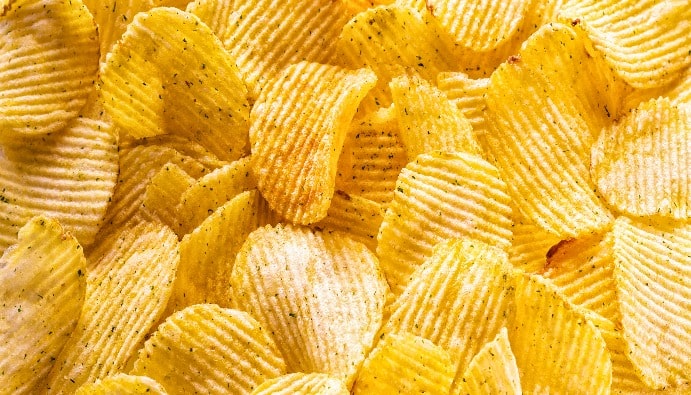
BLOG
KATEGORİDEKİ DİĞER YAZILAR

Acrylamide is a toxic, crystalline, white and solid, slightly acidic compound with a vinyl group in its structure, formed as a result of the Maillard reaction. Acrylamide is soluble in water, ethanol and acetone. It is a detectable component in products consisting of reducing sugars and free asparagine, such as cooking and frying foods at high temperatures.
Acrylamide in foods is formed as a result of heat treatments above 100 oC. Acrylamide formation is observed after roasting, frying and high temperature cooking processes applied to foods. Acrylamide has been detected at high levels in roasted coffee, cocoa beans, potato chips and fries, bread and cakes.
Chemical Structure: Acrylamide is a chemical compound used in the polymer industry and also occurs naturally during high temperature cooking of food. It is a stable compound at refrigerator or room temperature, but forms when heated.
Sources:
Heat causes acrylamide formation in foods as a result of Maillard reaction. In experiments, it has been found that acrylamide causes cancer when taken continuously and in high doses. In the analysis of acrylamide in foods; GC, GC-MS, HPLC and LC-MS / MS / MS methods are used.
Nanolab Laboratories Group continues to provide services within the scope of Acrylamide Determination in Foods. We also provide services for the determination of Starch in Foods.
Contact us for more information.
You can follow us on LinkedIn for up-to-date news and posts about our services.
Follow our Instagram account to be informed about our latest blog posts.